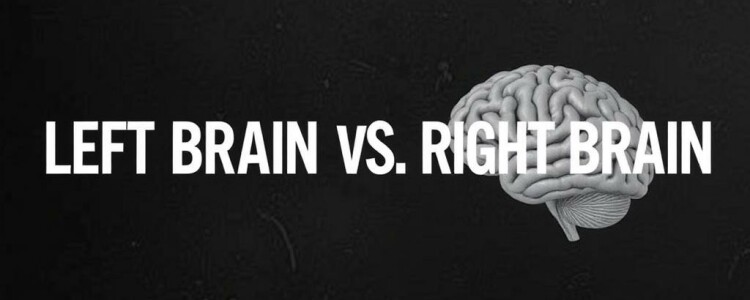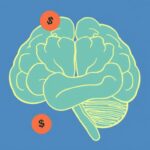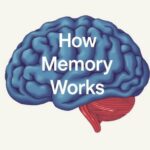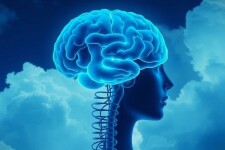When it comes to understanding how our minds work, one of the most popular ideas floating around is the concept of the left brain versus the right brain. You have probably heard that the left brain is logical, analytical, and numbers-oriented, while the right brain is creative, emotional, and artistic. This simple dichotomy has been ingrained in popular culture for decades, influencing everything from education to career choices. But is this really how the brain functions? Is the left brain vs. right brain theory a fact, or is it just a myth? In this article, we’ll dive deep into what science says, how this idea came to be, and what it means for you and me.
The Origins of the Left Brain vs. Right Brain Theory
The story begins in the 19th century with pioneering neuroscientists who started exploring the brain’s complexities. Early research by Paul Broca found certain language functions localized predominantly in the left hemisphere. This discovery sparked curiosity around the idea that different halves of the brain managed different tasks. Later, in the 1960s, split-brain studies with patients who had their corpus callosum severed led to even more fascination. Some experiments suggested that the left hemisphere was more logical and verbal, while the right was more spatial and creative.
From there, the concept of the left brain versus right brain took on a life of its own. It was simplified into a catchy narrative: left-brain people were “thinkers,” right-brain people were “feelers.” This neat division became a popular way to explain personality traits, learning styles, and even career paths. But reality, as it frequently does, turns out to be far more complex than this.
What Does Modern Neuroscience Say?
Science has come a long way since the initial discoveries, and researchers today use advanced imaging techniques like fMRI and PET scans to study brain activity. When scientists look at how people perform various tasks, what do they see? It turns out that both hemispheres of the brain are active during almost all cognitive activities, and they work together in a highly integrated way.
The brain’s hemispheres do show some differences in specialization, a phenomenon called lateralization. For example:
| Left Hemisphere | Right Hemisphere |
|---|---|
| Language processing (mostly) | Spatial awareness |
| Logical reasoning | Facial recognition |
| Sequential processing | Global processing |
| Mathematical computations | Music & creativity |
However, this does not mean that one hemisphere “controls” a person’s personality or learning aptitude exclusively. One crucial finding is how the hemispheres constantly communicate through the corpus callosum and other neural pathways, creating a highly coordinated network. Tasks like language, for instance, may involve areas in both hemispheres, especially in multilingual individuals or people with brain injuries.
Dispelling Common Misconceptions
Popular culture has exaggerated the left brain vs right brain narrative, leading to misconceptions that can misguide people. Let’s address some common myths directly:
- Myth 1: You are either a left-brained or right-brained person and cannot change it.
- Fact: Everyone uses both sides of their brain, and neural plasticity means brain functions can adapt and change over time.
- Myth 2: Left-brain people are bad at creativity, and right-brain people are weak in logic.
- Fact: Creativity relies on logical structures, and critical thinking requires imagination. Both hemispheres contribute to these skills.
- Myth 3: You should tailor your career or education solely based on whether you’re left or right-brained.
- Fact: Skills and interests transcend the simple brain-half divide, and focusing narrowly on it can limit potential.
By debunking these stereotypes, we can approach brain science embracing its complexity rather than oversimplifying it.
Why Does the Left Brain vs. Right Brain Myth Persist?
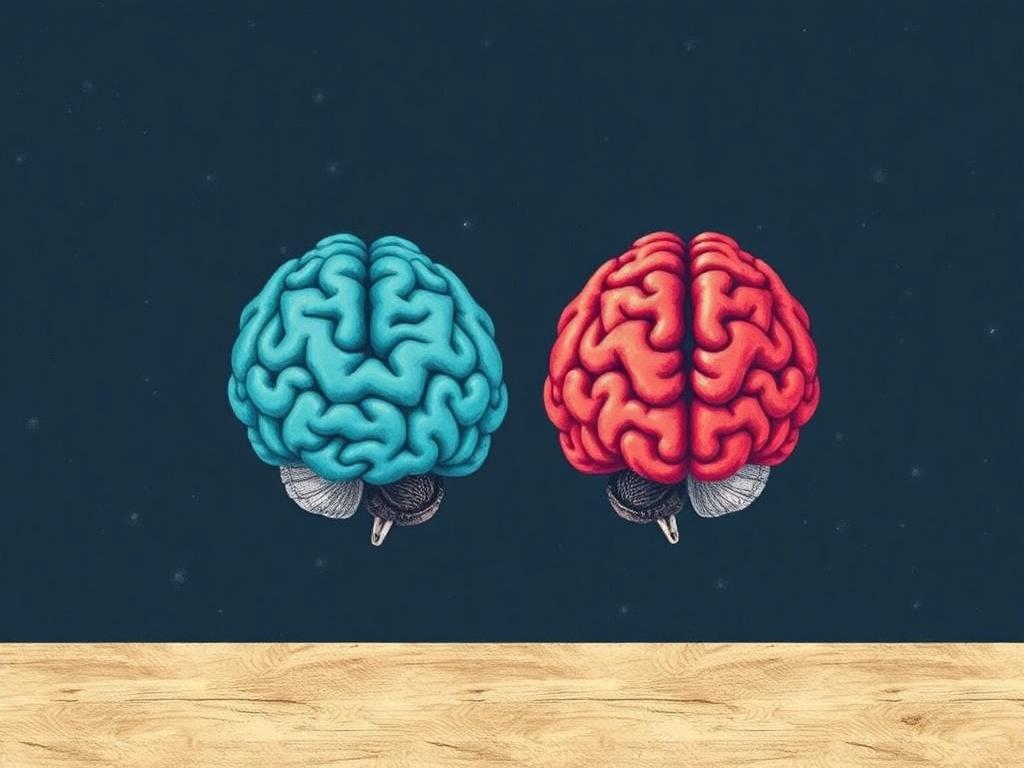
Despite growing scientific evidence against a strict left brain versus right brain personality divide, the idea remains strong in public imagination. Why? Part of the reason lies in how appealing simple explanations are. It’s tempting to categorize people as analytical or creative, logical or emotional, and assign those traits to neat brain compartments. This psychological shortcut helps us make sense of individual differences.
In education, for instance, “left-brain” and “right-brain” learning styles have influenced curriculum and teaching approaches. Many teachers and students use these labels to advocate certain study habits or career paths. While some differentiation in learning preferences exists, attributing it solely to brain hemisphere dominance misses the larger picture.
The commercial world also loves the story — personality tests, self-help books, and workshops often tout the left brain vs. right brain concept to market products. This further reinforces the myth and integrates it deeply into society.
How Both Brain Hemispheres Work Together
An essential part of dispelling the left brain vs. right brain myth is understanding how the two halves collaborate. Imagine your brain as a supercomputer with dual processors working side by side while sharing data constantly. Each hemisphere has strengths but no hemisphere acts in isolation.
For example, when you write a story, your left hemisphere may handle grammar and sentence structure, while the right hemisphere contributes imagery and the emotional tone. When solving complex problems, both sides might tackle different elements nearly simultaneously.
Research has shown that people who engage both hemispheres tend to excel in areas requiring creativity combined with logic, like music composition, scientific innovation, and strategic thinking. This synergy suggests that fostering balanced brain activity can be more beneficial than emphasizing one side over the other.
Left Brain vs. Right Brain and Personality: The Real Connection
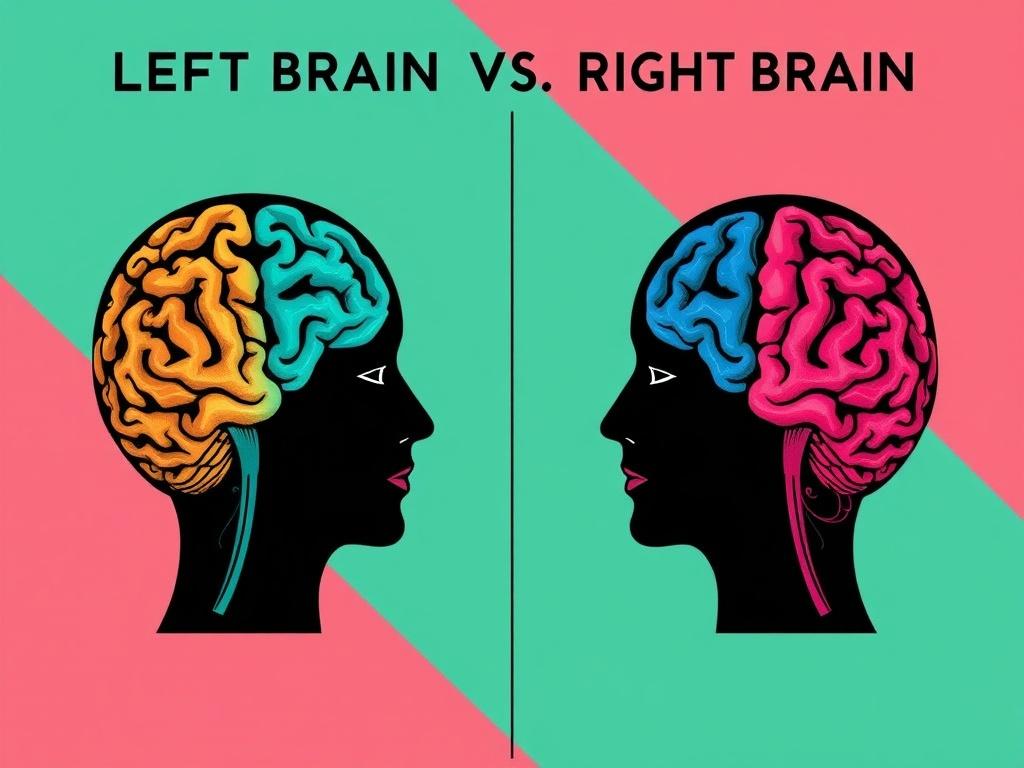
While the simplistic notion of left brain vs. right brain personality is flawed, brain lateralization does relate in subtle ways to personality traits. Scientists have explored whether individual differences in hemispheric dominance correlate with temperament, cognitive styles, and emotional processing.
Some findings include:
| Personality Trait | Associated Hemisphere Activity |
|---|---|
| Analytical thinking | More left hemisphere engagement |
| Emotional introspection | More right hemisphere involvement |
| Approach-oriented behavior (goal-directed) | Left frontal lobe activity |
| Withdrawal-oriented behavior (inhibition) | Right frontal lobe activity |
Even so, these tendencies are just statistical associations, not rigid rules that define an individual’s entire personality or cognitive ability. The brain’s complexity transcends being boxed into one hemisphere’s domain. So, while there’s a kernel of truth about hemisphere specialization influencing personality, it’s much more nuanced and interconnected.
Implications for Learning and Development
So what does this mean for students, teachers, and lifelong learners? Should you try to “boost your right brain” or “train your left brain” to improve performance? The best current advice focuses on encouraging activities that engage both hemispheres:
- Practice problem-solving tasks that require logical thinking along with creative brainstorming.
- Engage in arts and music, which stimulate emotional and spatial processing.
- Develop language skills alongside visual-spatial skills.
- Incorporate physical movement and coordination, which activate multiple brain regions.
- Challenge yourself with activities outside your comfort zone to enhance neural flexibility.
By promoting balanced brain activity, we nurture a resilient and adaptable mind capable of handling a broad range of challenges.
The Role of Neuroplasticity in Brain Function
A game-changer in understanding the brain is the discovery of neuroplasticity—the brain’s ability to rewire and adapt itself throughout life. Neuroplasticity shows us that brain wiring is not fixed. Experience, learning, injury, and practice can alter how brain regions interact.
This dynamic ability means that even if someone has a relative dominance in one hemisphere for certain tasks, they can enhance the other side’s capabilities through effort and training. For example, a person who believes they’re more logical and less creative can develop artistic skills over time. Similarly, creative individuals can strengthen analytical reasoning.
Neuroplasticity makes the idea of strict left brain vs. right brain limitations even less meaningful. It highlights the brain’s remarkable flexibility and the importance of lifelong learning.
Brain Disorders and Hemisphere Damage: What Do They Reveal?
Cases of brain injury and neurological disorders provide some of the clearest insights into hemisphere functions. Damage to specific areas often results in distinct deficits:
- Left hemisphere damage: Impaired language abilities, such as aphasia (difficulty speaking or understanding language).
- Right hemisphere damage: Problems with spatial orientation, recognizing faces, and interpreting tones or emotions.
These observations support the idea of some hemispheric specialization. However, many patients gradually recover functions because the brain adapts, and healthy regions compensate. This flexibility again challenges strict left brain vs. right brain categorizations.
How to Use Left Brain and Right Brain Concepts Wisely
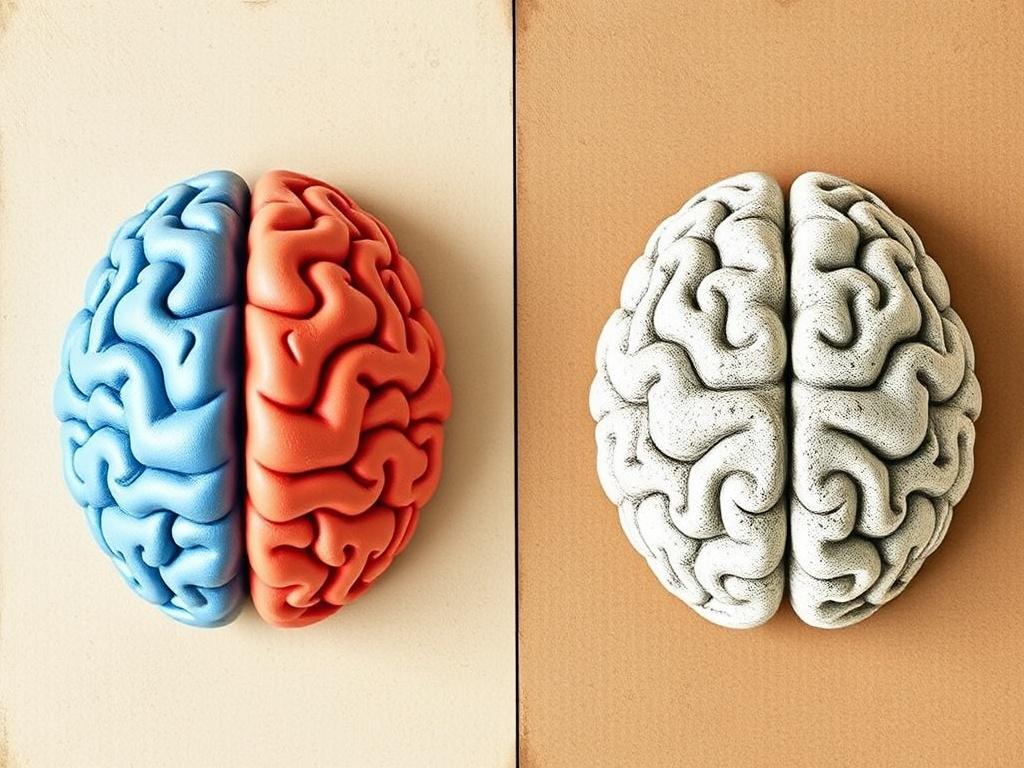
Although the strict separation of left brain vs. right brain people is a myth, understanding the brain’s hemispheric specializations can be useful if applied thoughtfully. Here are some ideas for how to leverage this knowledge practically:
- Enhance self-awareness: Recognize your mental strengths but remember they’re part of a whole brain system.
- Balance your activities: Include tasks that engage both logical and creative skills in your daily routine.
- Design diverse learning strategies: Mix verbal, spatial, and emotional techniques to deepen understanding.
- Adapt teaching or coaching: Use knowledge of lateralization to support individuals’ needs without limiting them by labels.
This balanced approach respects the brain’s complexity and discourages simplification that could stunt growth or reinforce stereotypes.
Conclusion
The idea of left brain vs. right brain is a compelling story with roots in early neuroscience, but the simplistic notion that people are either left-brained or right-brained is largely a myth. Modern brain science reveals a far more integrated and dynamic picture where both hemispheres collaborate closely to manage the full spectrum of cognition, emotion, and creativity. While some lateralization of functions exists, it does not translate into rigid personality types or learning styles. Instead, understanding the strengths and interactions of both hemispheres can inspire us to develop balanced mental skills and foster lifelong neuroplasticity. So rather than boxing yourself into one hemisphere or the other, embrace the full power of your amazing brain by nurturing both logic and creativity in harmony.

